

South Beach
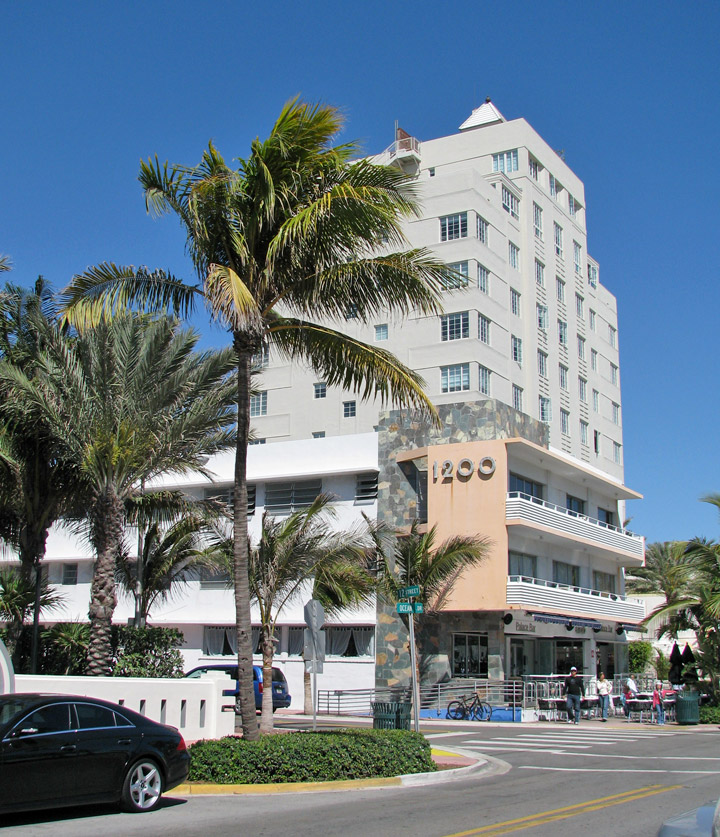
South Beach
South Beach is the section of Miami Beach, Florida that encompasses the southernmost 23 blocks of an island separating the Atlantic Ocean and Biscayne Bay. This area was the first section of Miami Beach to be developed, starting in the 1910s, thanks to the development efforts of Carl G. Fisher, the Lummus Brothers, John S. Collins, and others. The area has gone through numerous man-made and natural changes over the years, including a booming regional economy, increased tourism, and the 1926 hurricane, which destroyed much of the area.
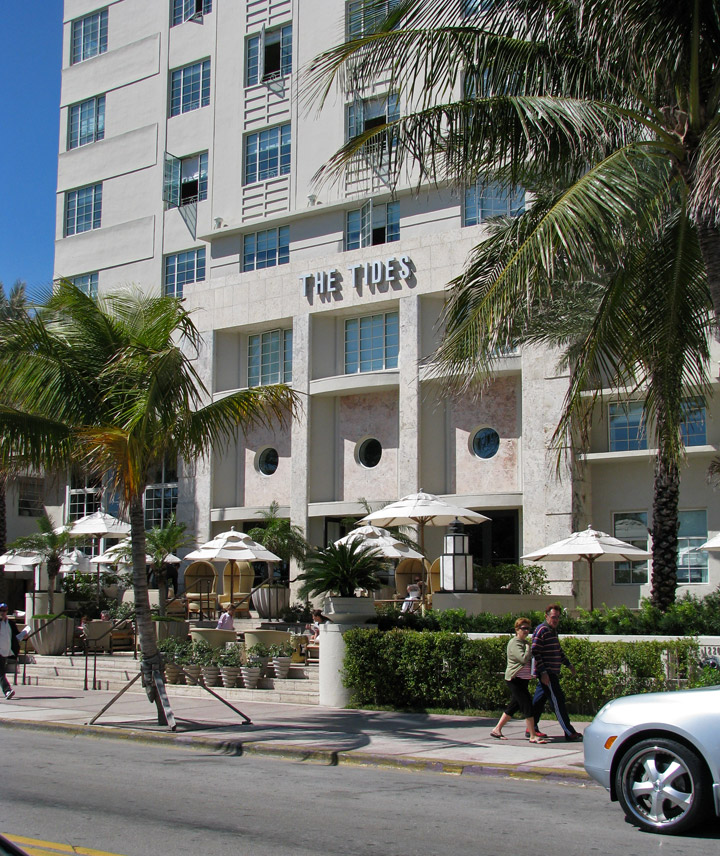
South Beach started as farmland. In 1870, Henry and Charles Lum purchased 165
acres (668,000 mē) for coconut farming, and his daughter Taylor named it "South
Beach". Charles Lum built the first house on the beach in 1886. In 1894, the Lum
brothers left the island, leaving control of the plantation to John Collins, who
came to South Beach two years later to survey the land. He used the land for
farming purposes, discovering fresh water and extending his parcel from 14th
Street to 67th in 1907.
In 1912, Miami businessmen the Lummus Brothers acquired 400 acres (1.6 kmē) of
Collins' land in an effort to build an oceanfront city of modest single family
residences. In 1913 Collins started construction of a bridge from Miami to Miami
Beach. Although some local residents invested in the bridge, Collins ran short
of money before he could complete it.
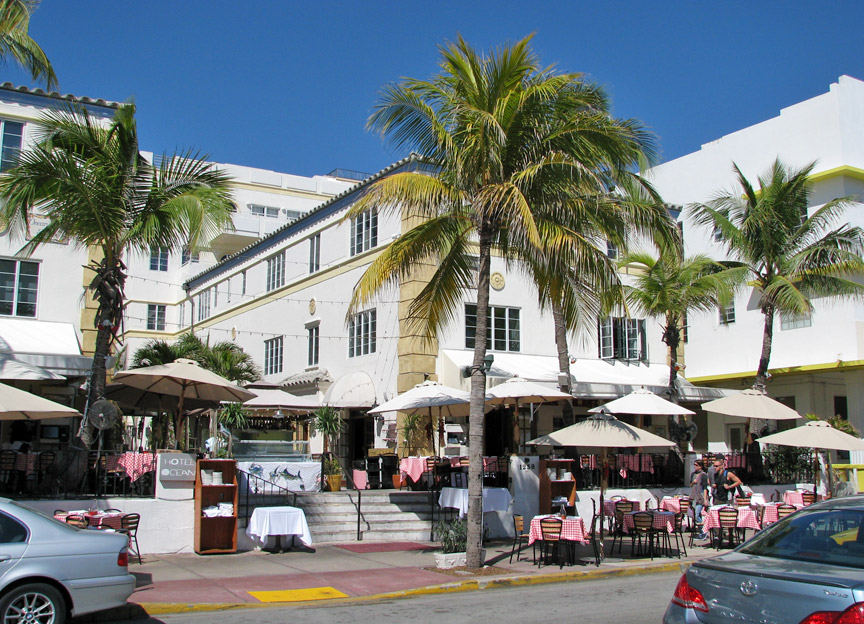
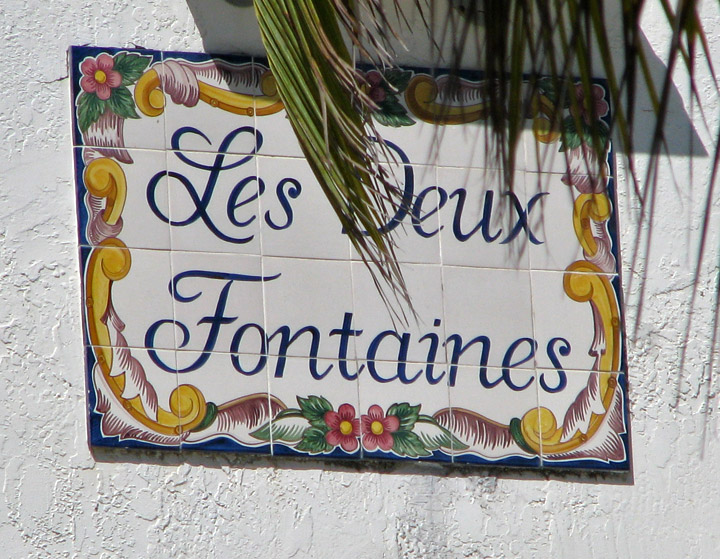
Carl G. Fisher, a successful entrepreneur who made millions in 1909 after
selling a business to Union Carbide, came to the beach in 1913. His vision was
to establish South Beach as a successful city independent of Miami. This was the
same year that the restaurant Joe's Stone Crab opened. Fisher loaned $50,000 to
Collins for his bridge, which was completed in June, 1913. the Collins Bridge
was later replaced by the Venetian Causeway.
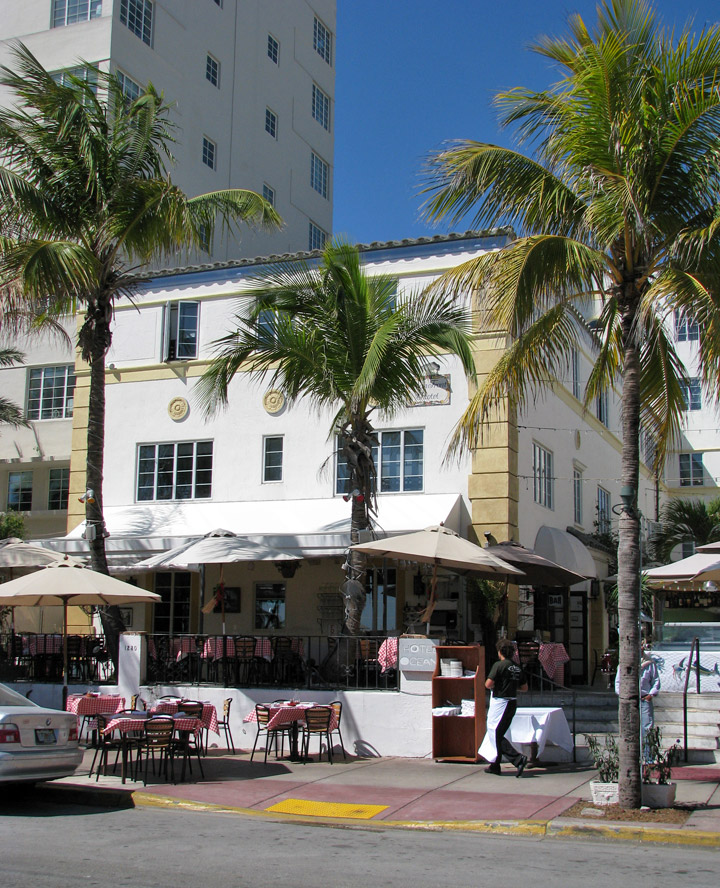
On March 26, 1915, Collins, Lummus, and Fisher consolidated their efforts and
incorporated the Town of Miami Beach. In 1920 the County Causeway (renamed
MacArthur Causeway after World War II) was completed. The Lummus brothers sold
their oceanfront property, between 6th and 14th Streets, to the city. To this
day, this area is known as Lummus Park.
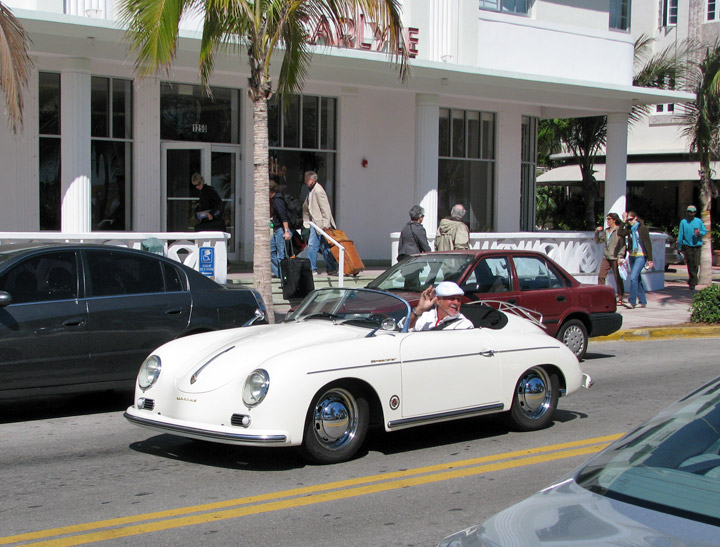
local artist
In 1920, the Miami Beach land boom began. South Beach's main streets (5th Street, Alton Road, Collins Avenue, Washington Avenue, and Ocean Drive) were all suitable for automobile traffic. The population was growing in the 1920s, and several millionaires such as Harvey Firestone, J.C. Penney, Harvey Stutz, Albert Champion, Frank Seiberling, and Rockwell LaGorce built homes on Miami Beach. President Warren G. Harding stayed at the Flamingo Hotel during this time, increasing interest in the area.
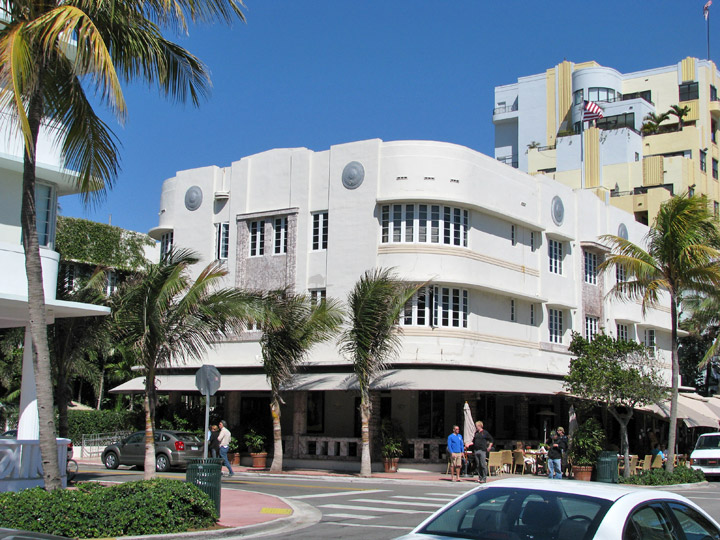
Art Deco
In the 1930s, an architectural revolution came to South Beach, bringing Art Deco, Streamline Moderne, and Nautical Moderne architecture to the Beach. To this day, South Beach remains the world's largest collection of Streamline Moderne Art Deco architecture. Napier, New Zealand another notable Art Deco city, makes an interesting comparison with Miami Beach as it was rebuilt in the Ziggurat Art Deco style after being destroyed by an earthquake in 1931.
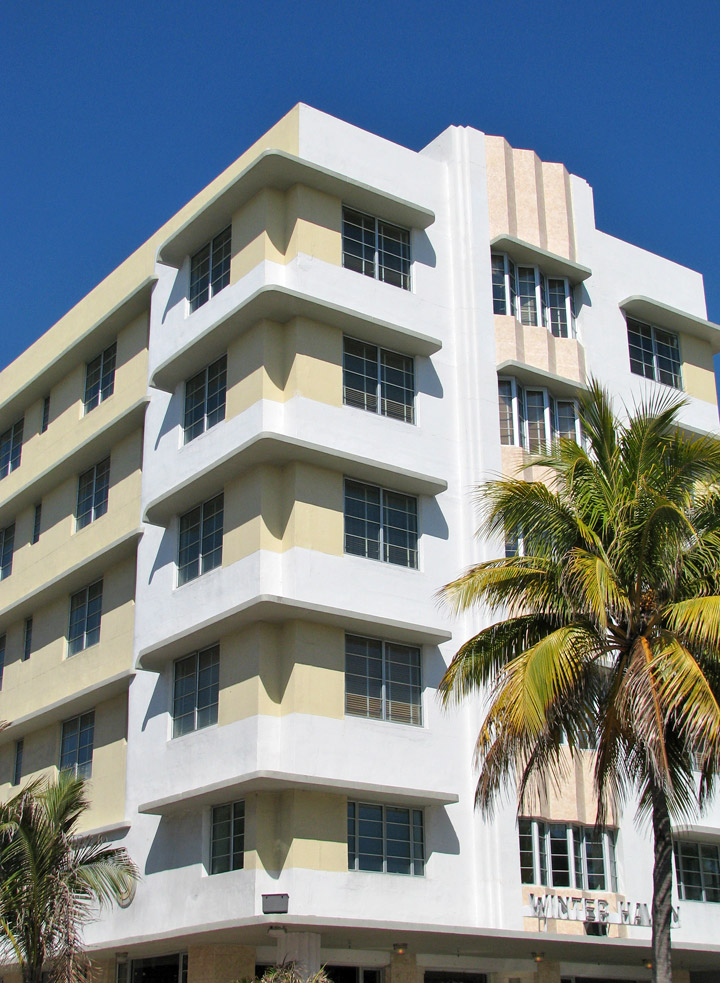
More Photos of Art Deco architecture
By 1940, the beach had a population of 28,000. After the December 7, 1941 attack on Pearl Harbor, the Army Air Corps took command over Miami Beach.
In 1966, South Beach became even more famous when Jackie Gleason brought his weekly variety series, The Jackie Gleason Show to the area for taping, a rarity in the industry. Beginning in the late 1970s and continuing through the 1980s, South Beach was used as a retirement community with most of its ocean-front hotels and apartment buildings filled with elderly people living on small, fixed incomes. This period also saw the introduction of the "cocaine cowboys," drug dealers who used the area as a base for their illicit drug activities. Scarface, released in 1983, typifies this activity. In addition, television show Miami Vice used South Beach as a backdrop for much of its filming due to the area's raw and unique visual beauty. A somewhat recurring theme of early Miami Vice episodes was thugs and drug addicts barricading themselves in utterly run-down, almost ruin-like empty buildings. Only minor alterations had to be made for these scenes because many buildings in South Beach really were in such poor condition at the time.
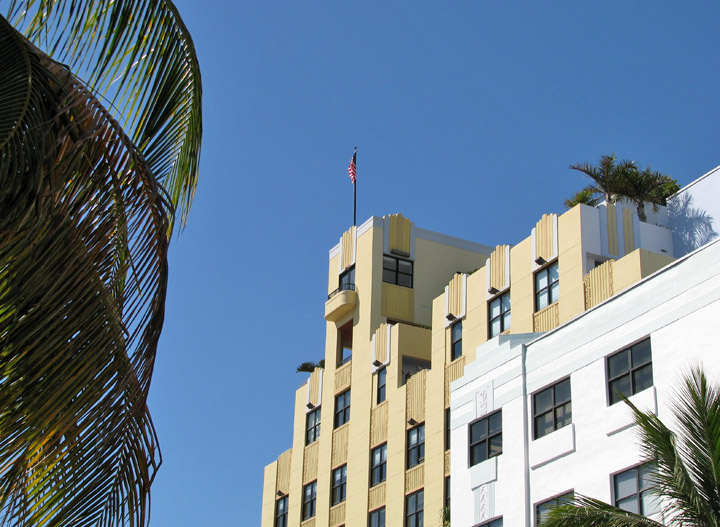
While many of the unique Art Deco buildings, such as the New Yorker Hotel, were
lost to developers in the years before 1980, the area was saved as a cohesive
unit by Barbara Capitman and a group of activists who spearheaded the movement
to place South Beach on the National Register of Historic Places. The Miami
Beach Architectural District was designated in 1979.
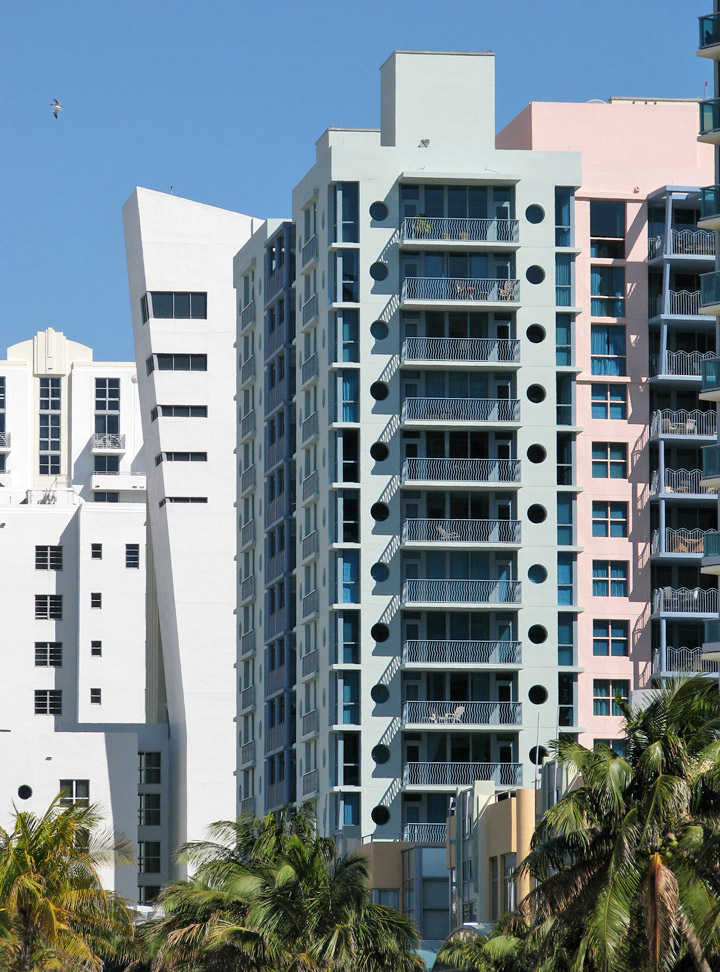
Before the TV show, Miami Vice, South Beach was considered a very poor area with
a very high rate of crime. Today, it is considered one of the most wealthy and
prosperous commercial areas on the beach. Despite this, poverty and crime still
exist in some isolated places surrounding the area.
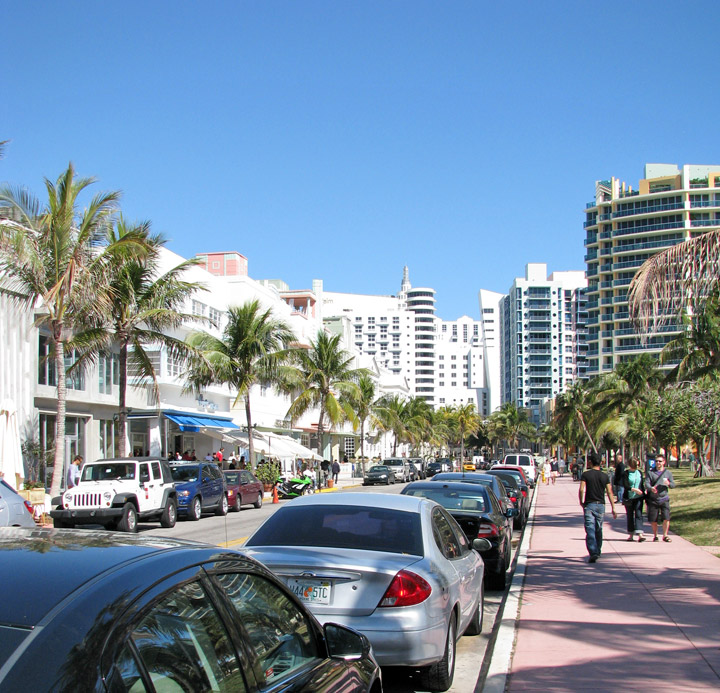
In the late 1980s, a renaissance began in South Beach, with an influx of fashion
industry professionals moving into the area. In 1989 Irene Marie purchased the
Sun Ray Apartments (famous for the chainsaw scene in Scarface) and opened Irene
Marie Models - the first international full-service modeling agency in Florida.
Many of the large New York based agencies soon followed. Photographers and
designers from around the world were drawn to the undiscovered Art Deco oasis.
Text from Wikipedia
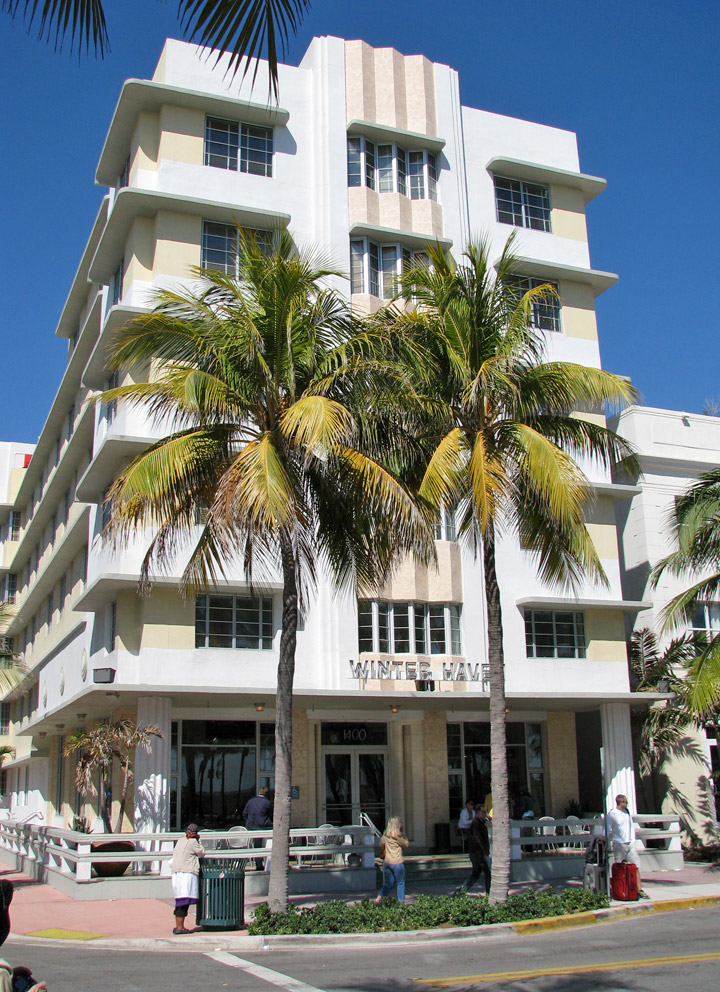


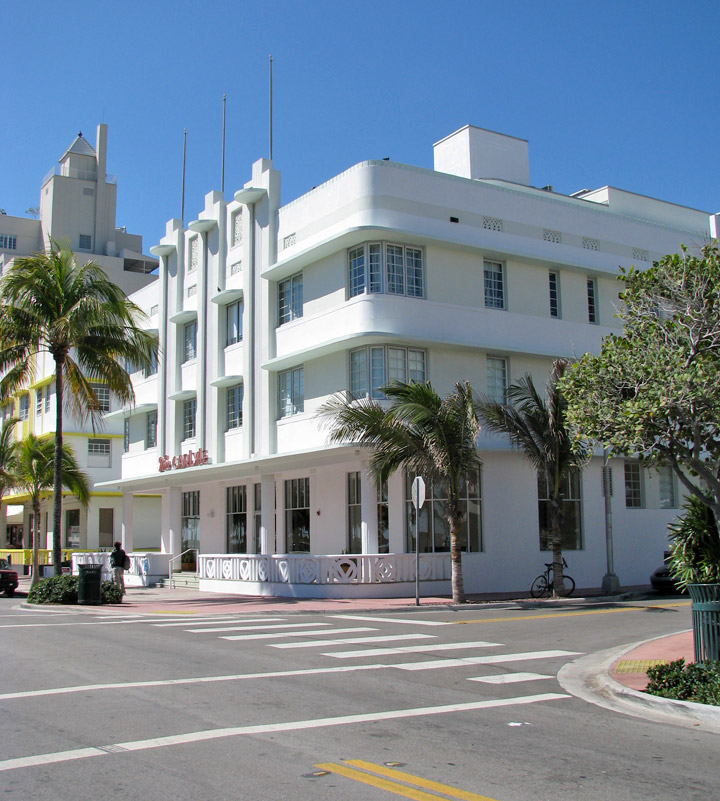

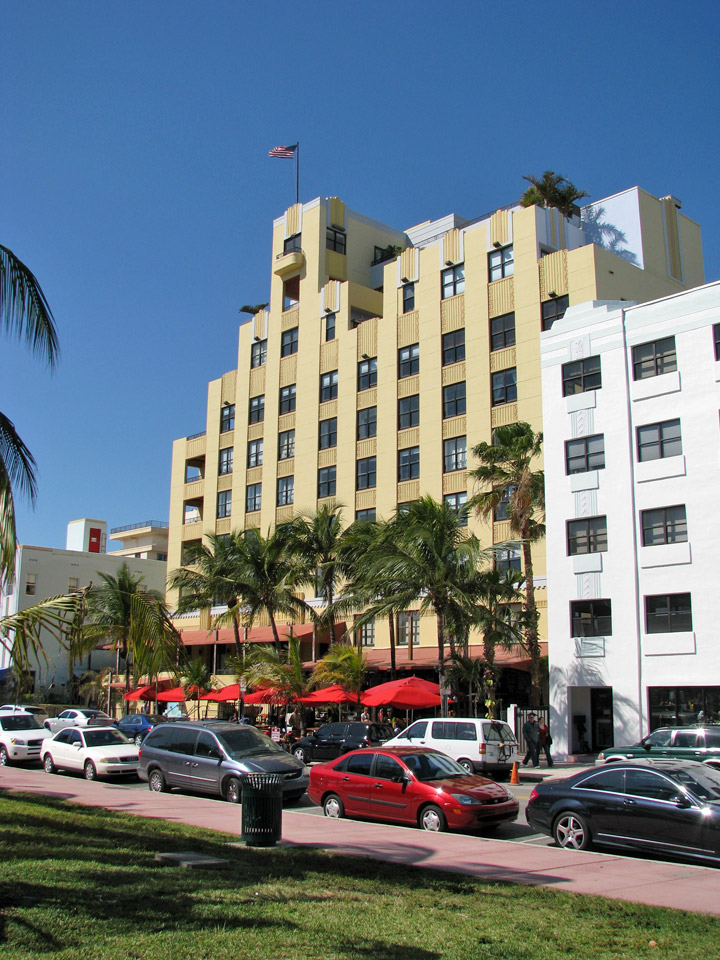

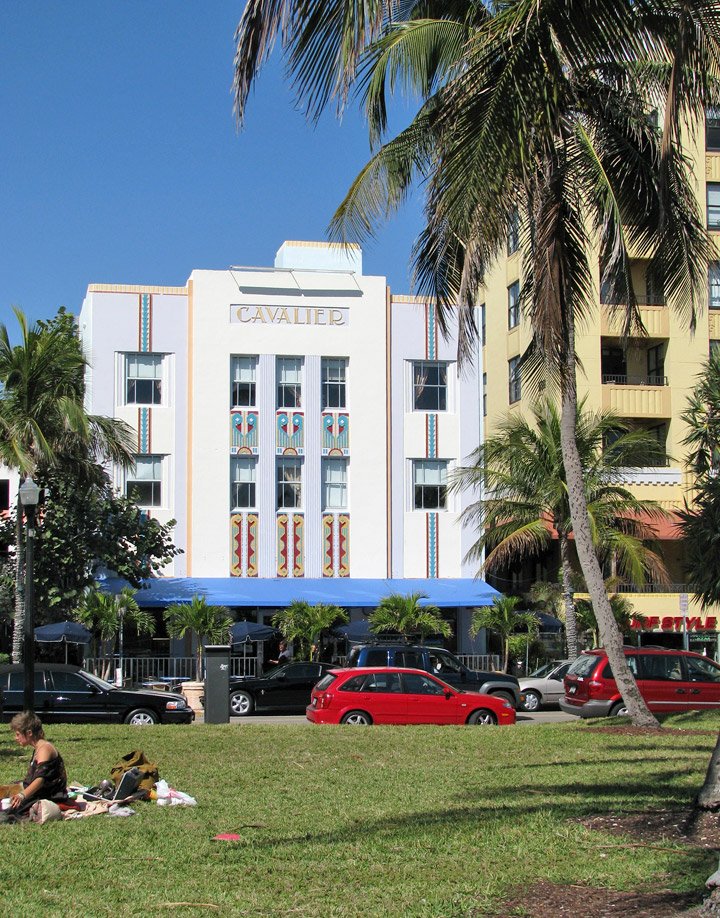

life in the park
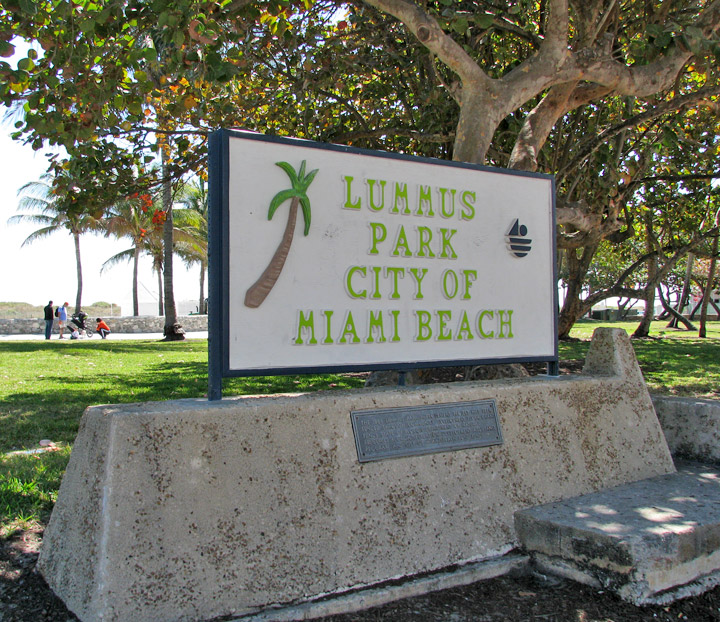
Lummus Park
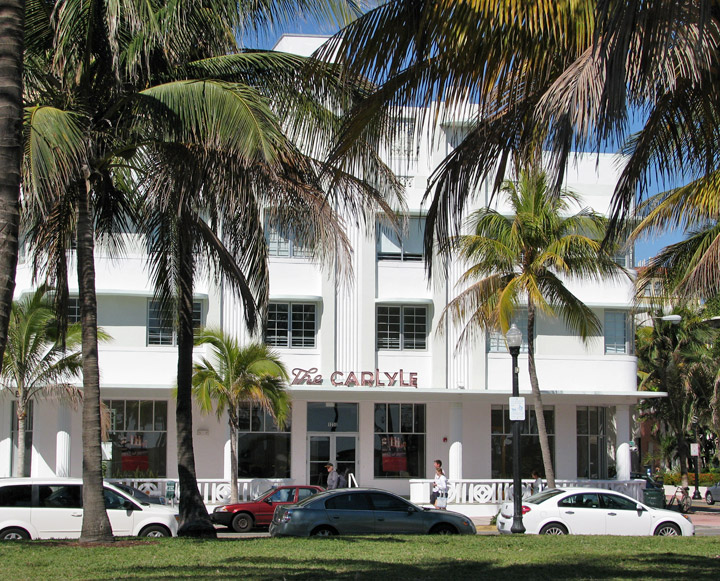
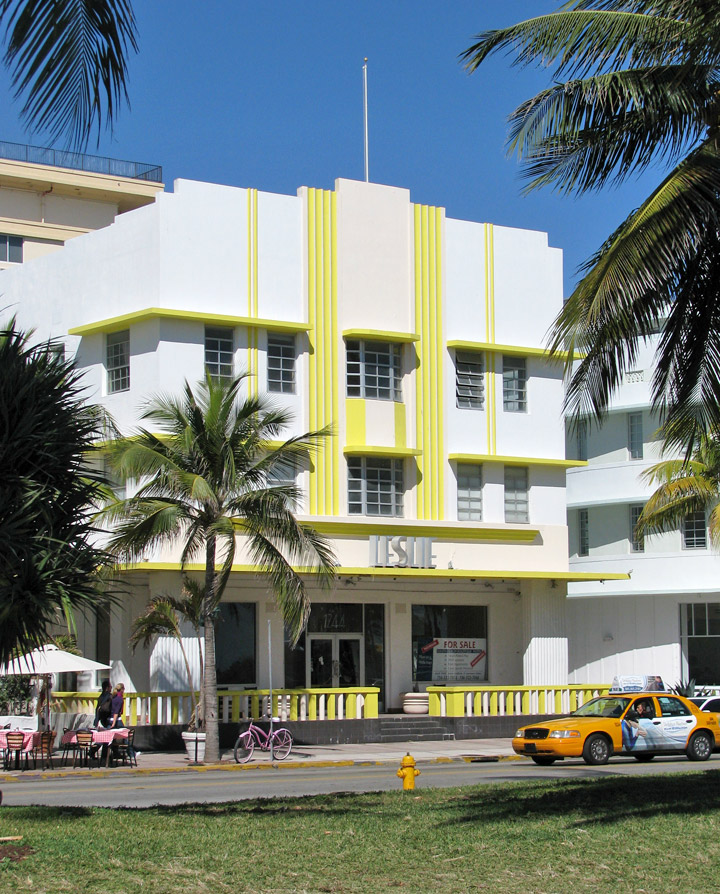

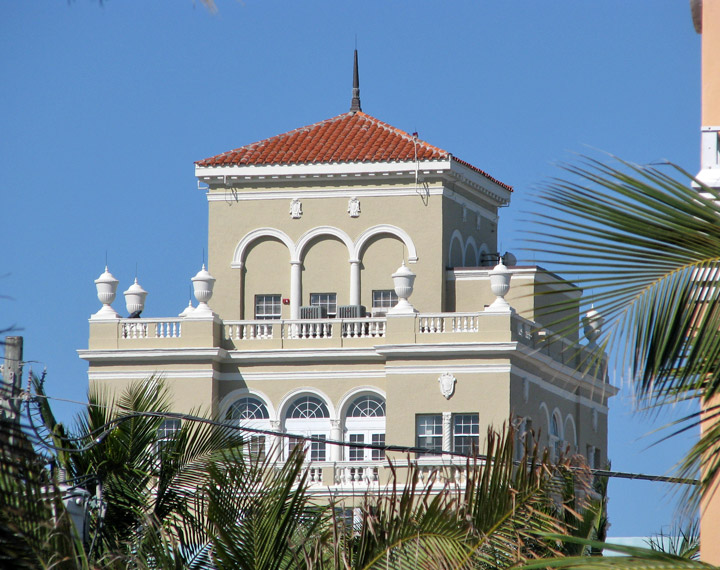

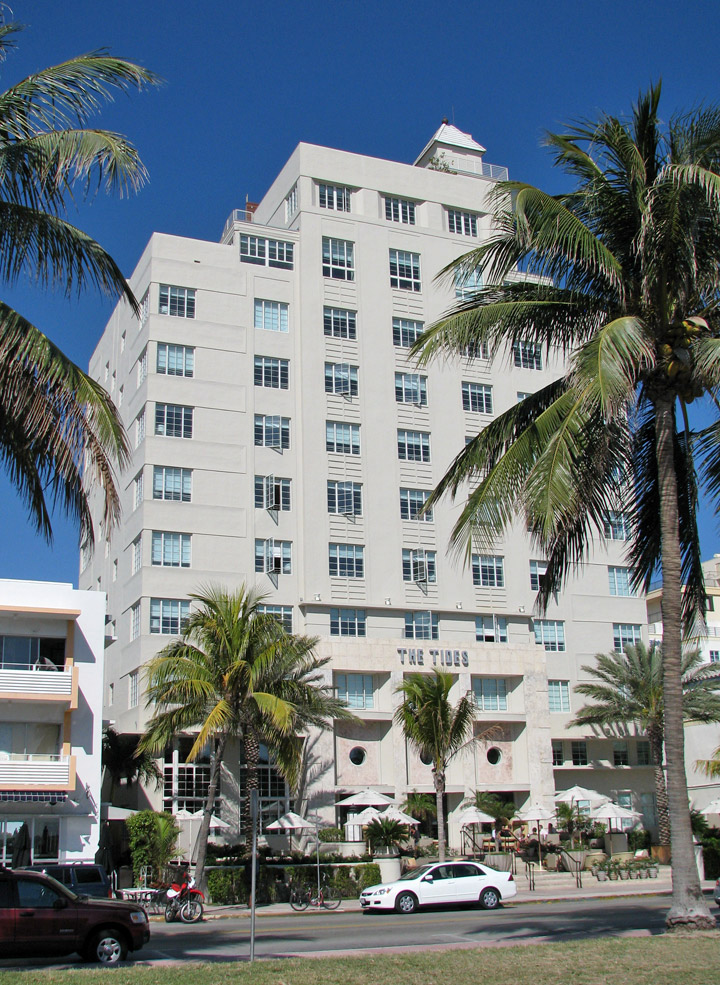
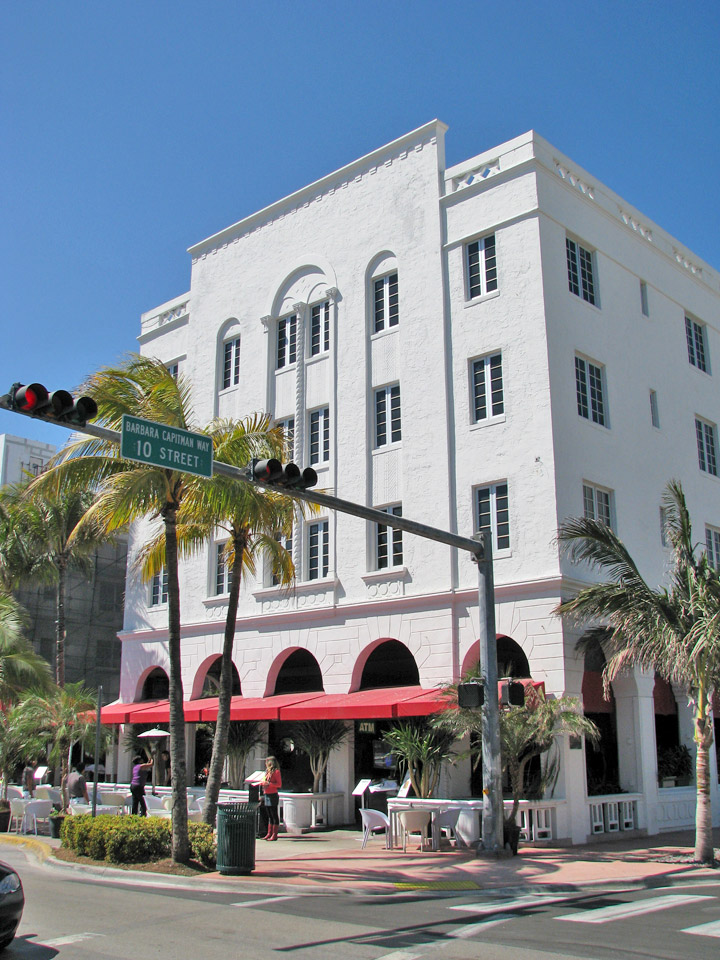
Barbara Capitman Way
champion of Art Deco in South Beach

motor vehicles small and large
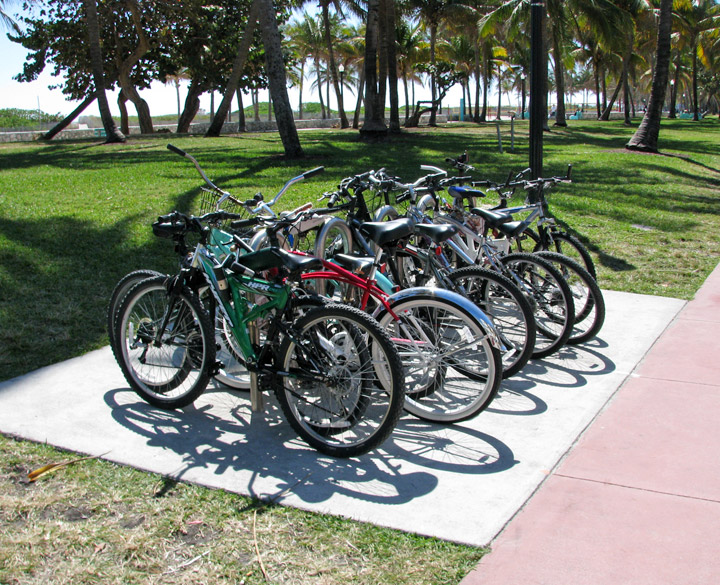
or ride a bicycle
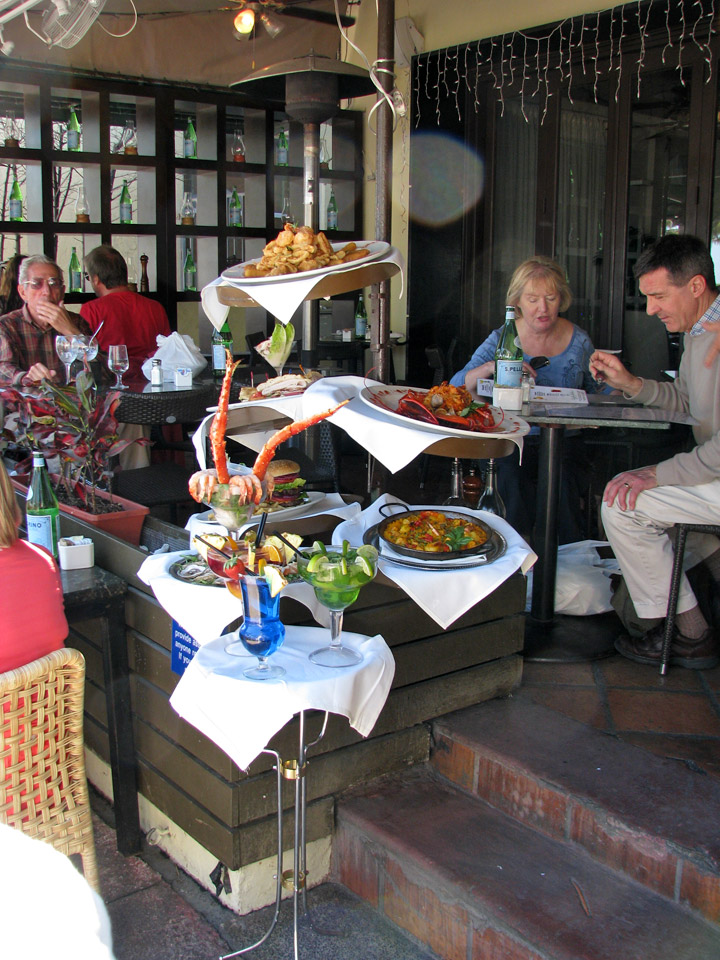
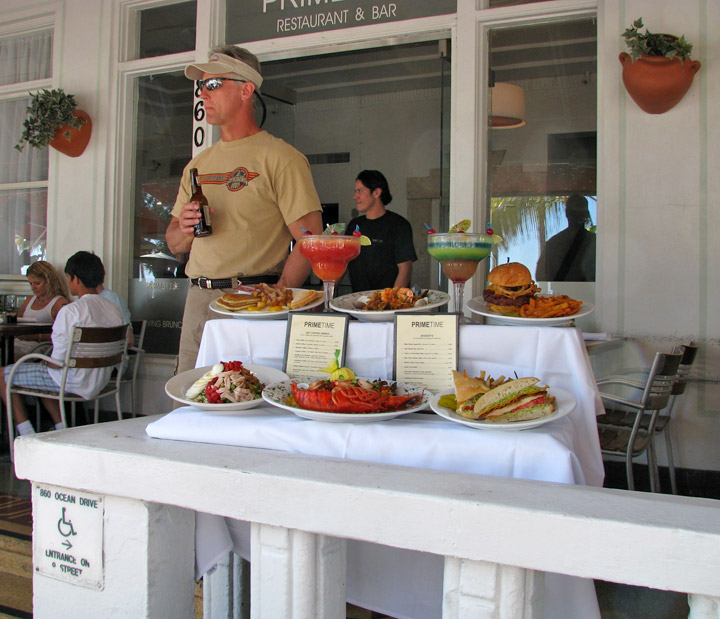
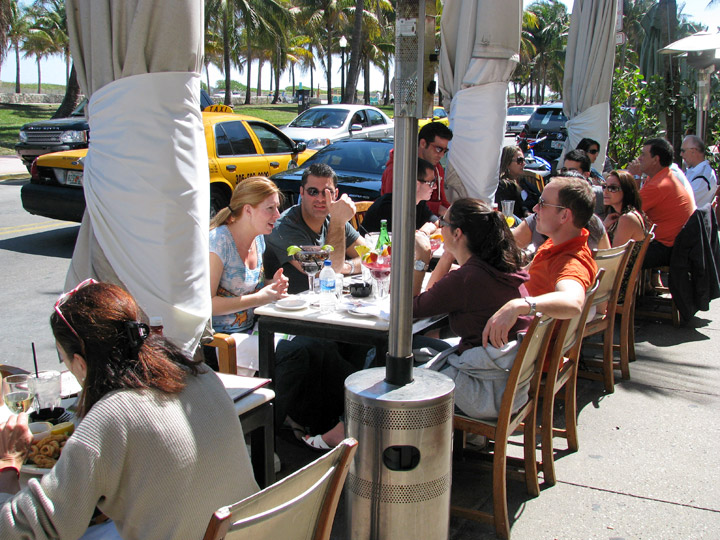
South Beach dining